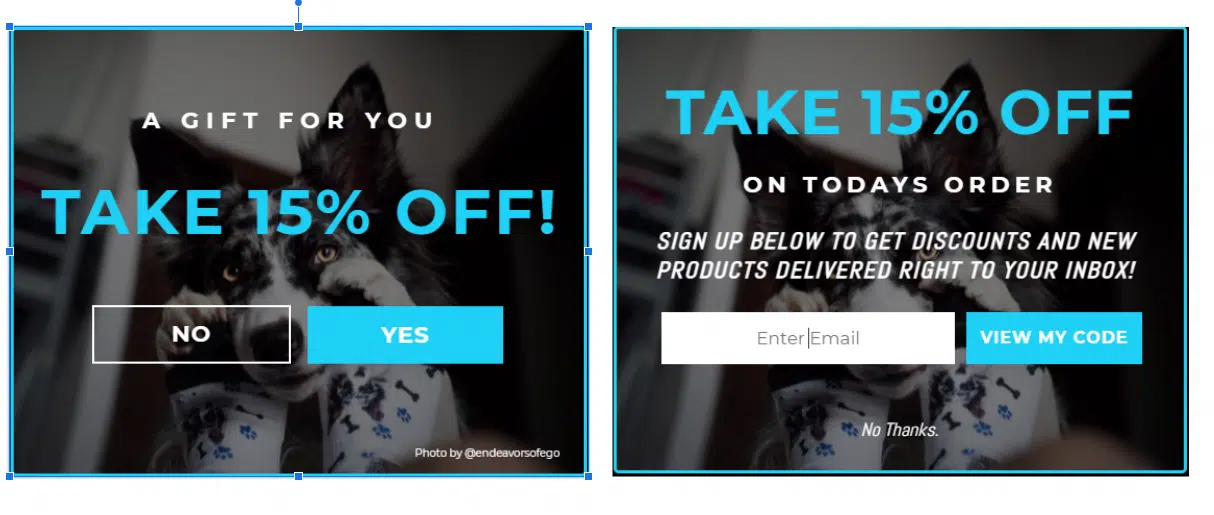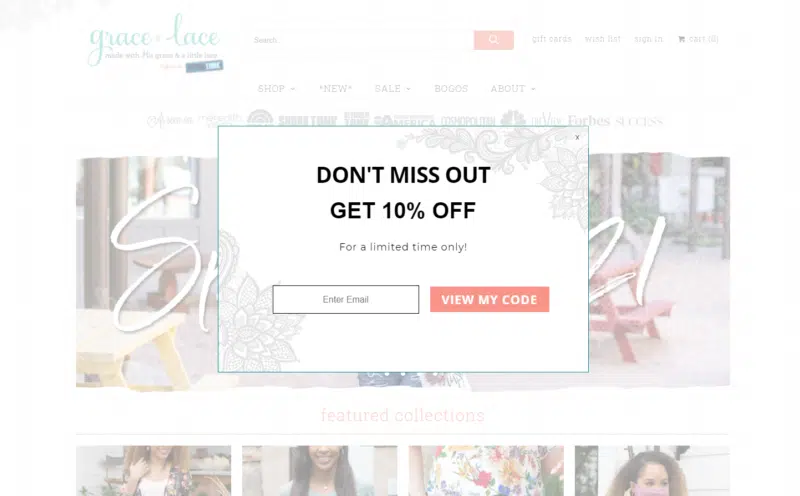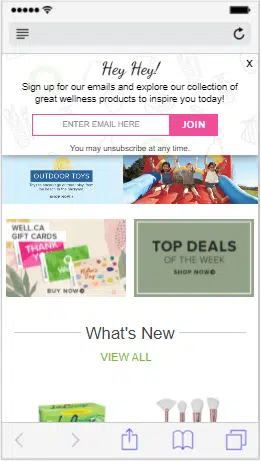You probably noticed: targeting is already hard, and it’s getting harder as more restrictions get imposed on platforms.
Which means you need to rely more on data you collect on your own properties.
This is known as first-party data.
And setting up your business to collect it will give you a valuable pool of user information you can use for campaigns.
First-party data comes with a plethora of upsides like:
- Consent. People who give you a name, email, and phone numbers want to hear from you. Much better than interrupting someone who hasn’t consented to your messages.
- Secured data. Users that consent know that their data isn’t used for third-party ads.
- One-to-one. You can segment users by intent, interests, stages of the buying process, and more.
- Automated campaign improvement. Take Google’s Performance Max campaigns, for example, where you can add a bunch of audience signals using first-party data. Very cool.
One of the most effective ways to collect first-party data is to add pop-ups to your website. Of course, do them wrong, and pop-ups will be annoying, intrusive, and counterintuitive.
Thankfully, Navah Hopkins shared three pop-up strategies that should help you be engaging without being annoying:
#1 – Entrance offers. This pop-up happens when a first-time visitor comes to your website. Try to welcome them in an engaging manner by inviting them to play a game for a discount, for example.
Navah recommends using a two-step offer, something like this.

#2 – Exit offers. These pop-ups tend to have lower engagement but can yield powerful last-minute results.
You should make the offer engaging, the copy easy to read, and have everything focused on the offer. Here’s an example.

#3 – Valued member. Here, focus on the brand voice and give something of value, like a special offer, inviting visitors to be the first to know about discounts or product launches, and more.

This element can attract users that value brand loyalty and relationship building.
Got it?
Time to collect first-party data! Try one, or try them all – and watch the data come in.